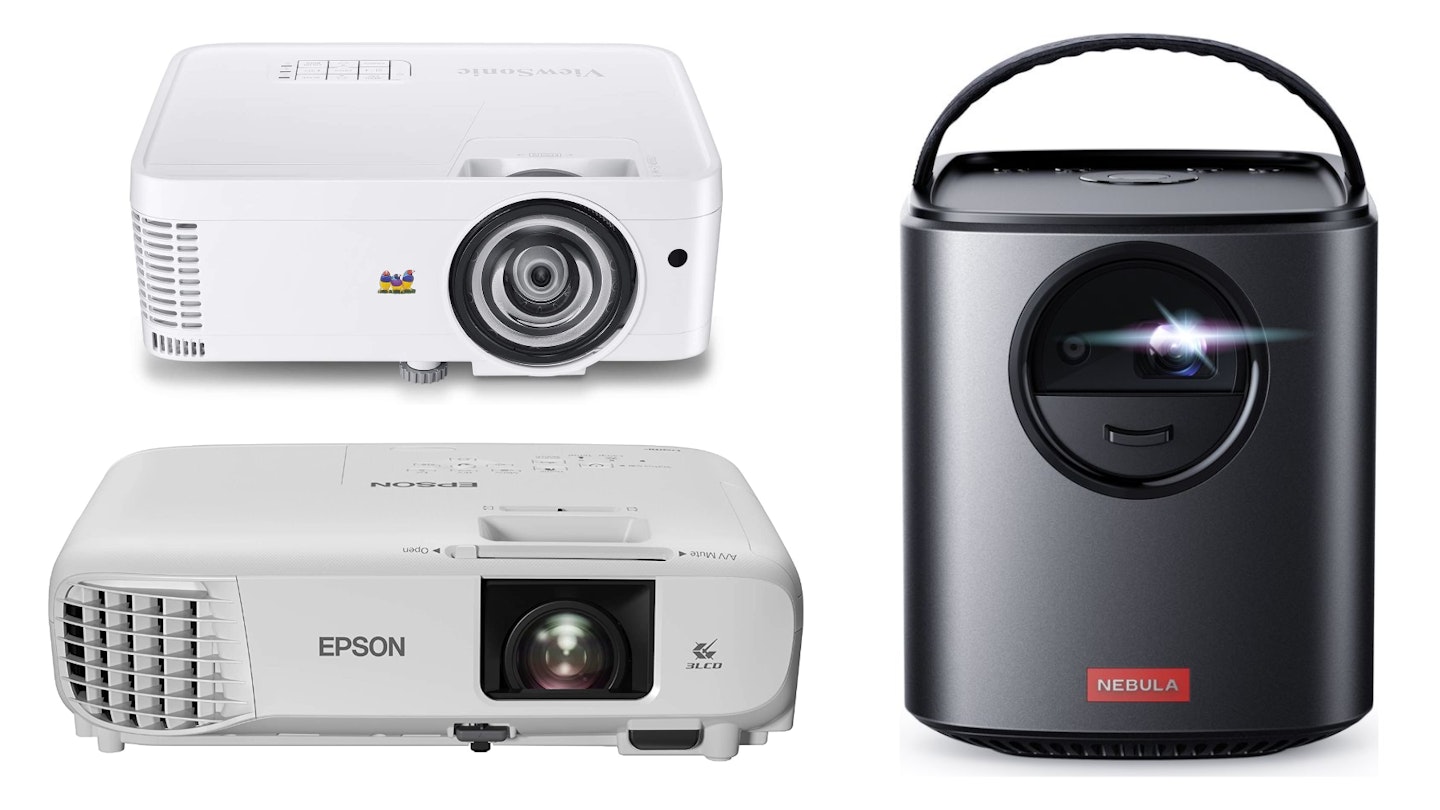It will come as no surprise that projectors hold a special place in our hearts. The cinema experience defines our very existence, and while there will never be a substitute for the real thing, the chance to bring a little bit of theatrical wonder into our homesteads is wonderful indeed.
It's not just cinephiles who seek the thrills of a home projector. A projector has a special appeal for families and friends, who gather indoors and out, to watch movies - both blockbuster and homemade. Likewise, gamers find them an irresistible gadget, allowing them to step away from the monitors and into multiplayer free-for-alls and heart-stopping championship races to play out in 150-inch-plus glory.
Projector prices can be a little overwhelming at first, especially for anyone with big dreams and a tight budget. They can often eclipse even the best TVs available. Thankfully, there are plenty of options available that are far more affordable. While these options might not carry 4K UHD resolutions and deep HDR10 tech, they can still offer truly immersive and exciting experiences without breaking the bank.
To help you find what you need, we’ve rounded up the best budget projectors available. Our selection includes small portable options that are ready for family gatherings and garden parties, through to mountable units that can be relied on night after night to deliver the latest Blu-ray releases right to your front room. So, whether you’re looking to put together your first home cinema or want to experience your favourite movies under the stars, there’s going to be something here for you.
The best budget projectors
• Philips NeoPix Easy 2+ NPX442 - Best portable projector under £200
• Anker Nebula Capsule Mini - Best portable budget projector
• Kodak Luma 150- Best ultra-portable projector
•Anker Nebula Mars 2- Best portable projector for movie fans
• Optoma H184x- Best budget projector for home cinema
• ViewSonic PS501X- Best contrast
• Epson EH-TW740- Best projector features
The Best Budget Projectors
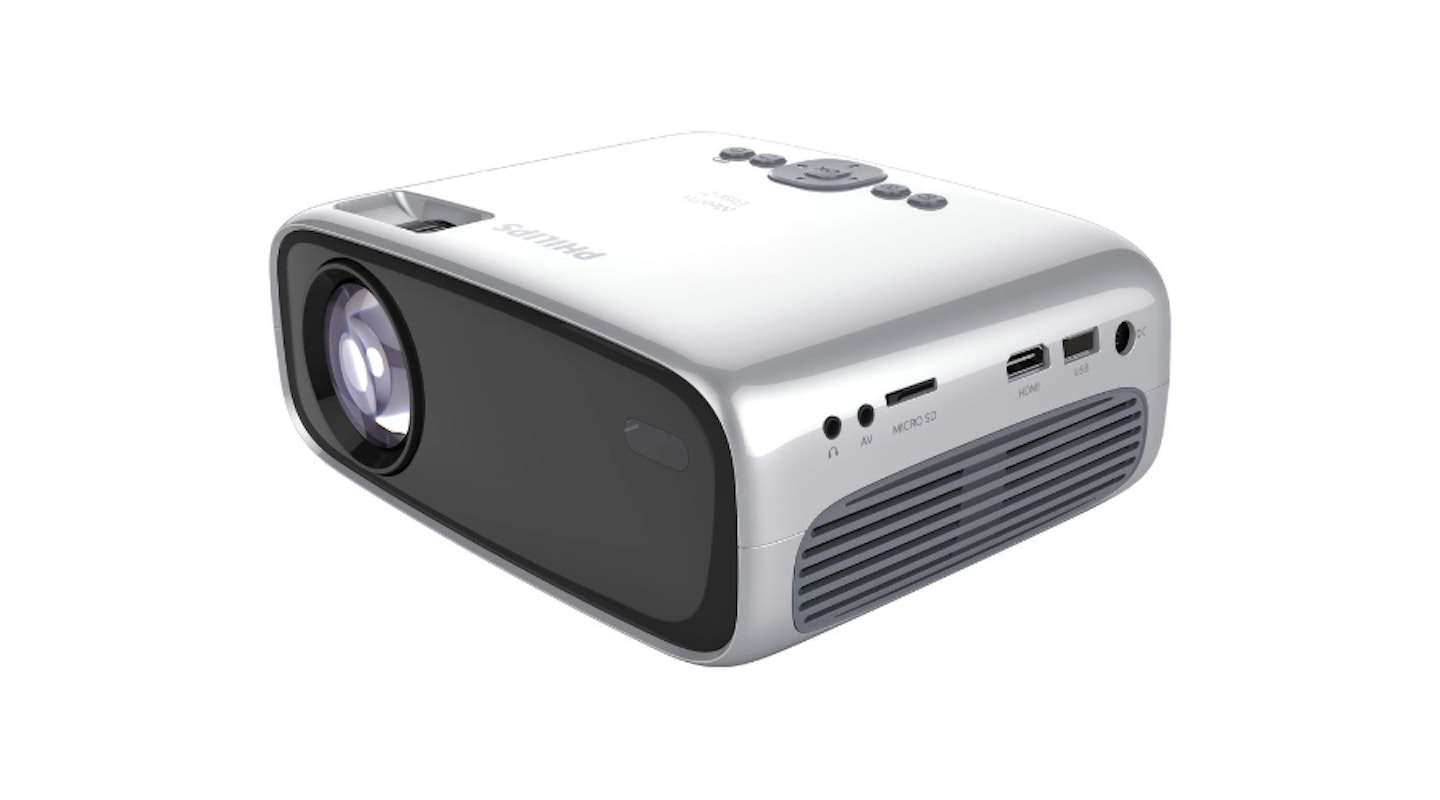 1 of 7
1 of 7Philips NeoPix Easy 1080p Full HD Projector
Best portable projector under £200
Boasting a range of interfaces, the Philips NeoPix can cast an image of up to 65 inches from a distance of only two metres. The inbuilt media player is really easy to navigate. This portable option also has a decent battery life and a small internal speaker, allowing entertainment to be enjoyed away from mains connections. There's no report on the exact lumen count, but it's best used in the dark to avoid washed-out visuals.
Specifications: Lumens: Not available, Resolutions: 1080p, Contrast Ratio: 3000:1, Min/Max Image Size: 20/65-inches, Min/Max Throw: 0.8/2m, Connections: HDMI, USB 3.0, VGA, SD Card, 3.5mm Aux out, Weight: 0.9kg
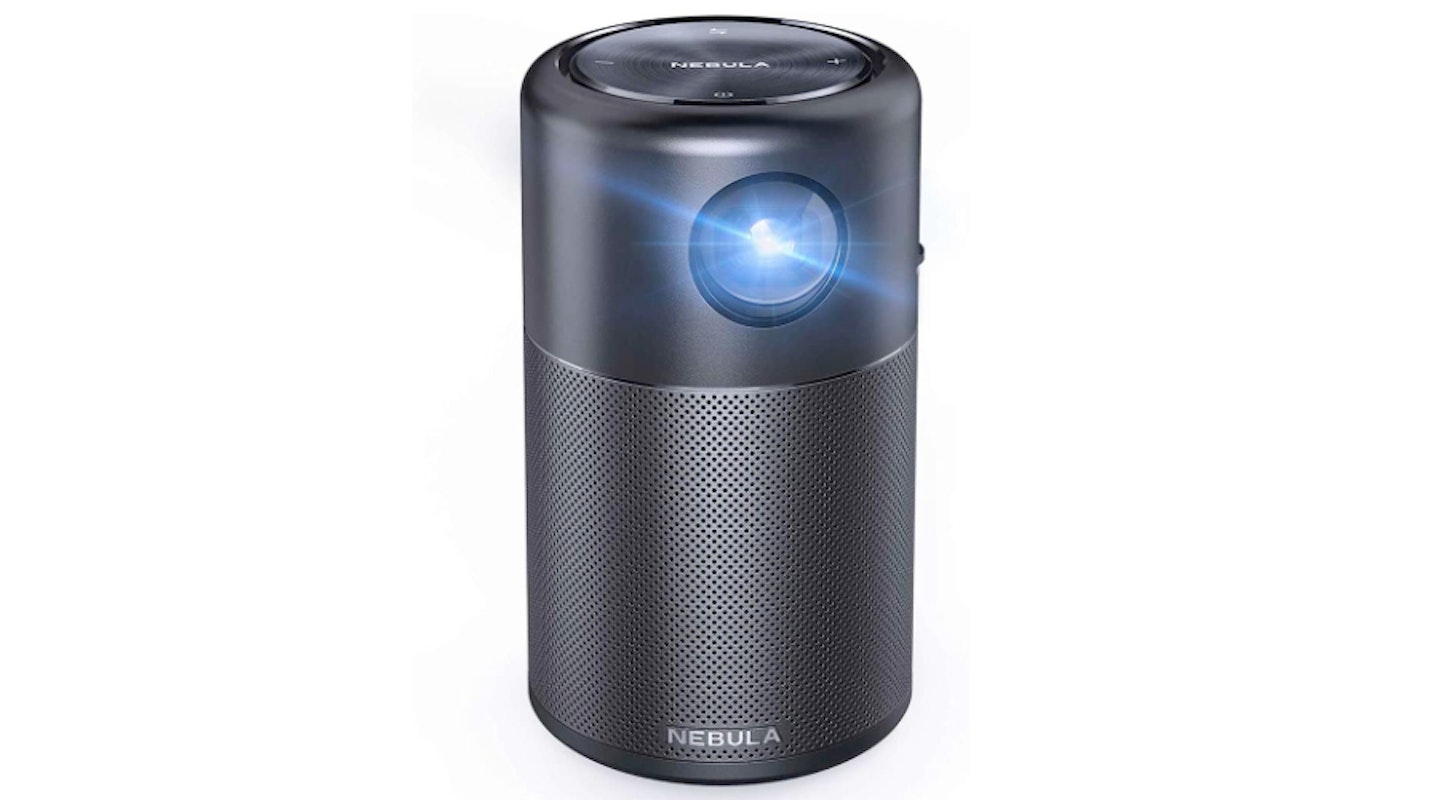 2 of 7
2 of 7Anker NEBULA Capsule Mini Projector
Best portable budget projector
Carrying a four-hour battery, 360-speaker and a versatile Android operating system into its can-sized shell, the NEBULA Mini is an accomplished projecting choice. There are plenty of viewing options here, too, with an app for easy control, HDMI and USB ports, Bluetooth and Apple AirPlay.
The 100-lumen brightness does mean that you’ll need to use this in dim lighting – so no mid-afternoon garden film-fests – but we wouldn’t expect much more from such a small, battery-powered unit.
Specifications: Lumens: 100 ANSI, Resolution: 480p, Contrast Ratio: 400:1, Max Image Size: Up to 100-inches, Min/Max Throw: 0.5/2.8m, Connections: HDMI, USB 3.0, Bluetooth, WiFi, AirPlay Weight: 472g
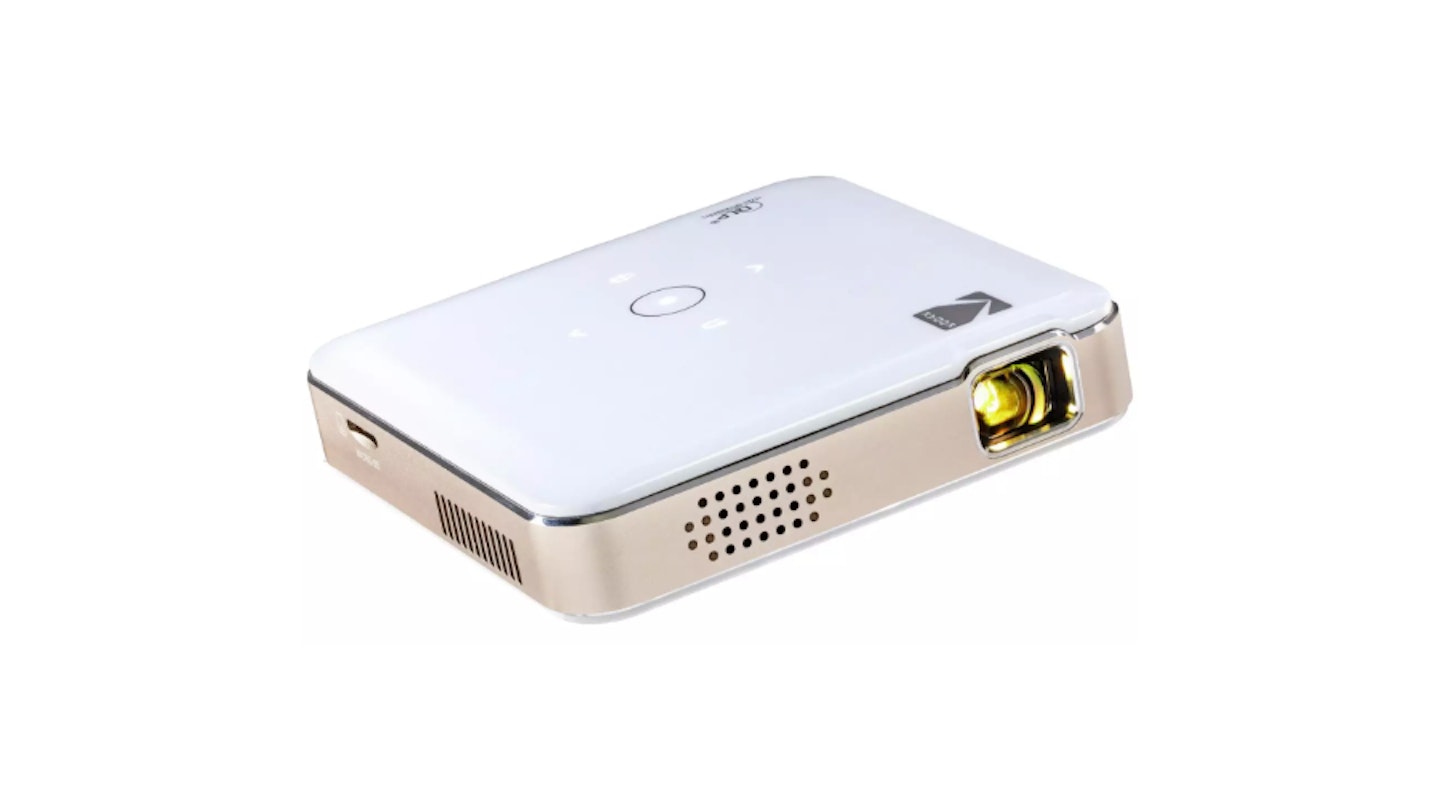 3 of 7
3 of 7Kodak Luma 150
Best ultra-portable projector
The Kobak Luma 150 takes projector portability to its absolute limit (well, for the moment at least). Measuring roughly 1 inch deep and 4 inches long, the Luma 150 can slip into a coat or backpack pocket with ease. Using Digital Light Processing (DLP), the projector pushes out a huge array of realistic colours that bring media to life. Though diminutive, the connection options are plentiful, including both wired and wireless connections. There's even a mini 1.5w speaker tucked away in here. All of this runs from its internal rechargeable battery. Though the resolution, contrast and brightness are modest at best, it's still a pretty neat gadget.
Specifications: Lumens: 50 ANSI, Resolutions: 480p, Contrast Ratio: 100:1, Max Image Size: Up to 150-inches, Connections: HDMI, USB, MicroSD, AirPlay, Micracast, 3.5mm Aux out, Weight: 0.5kg
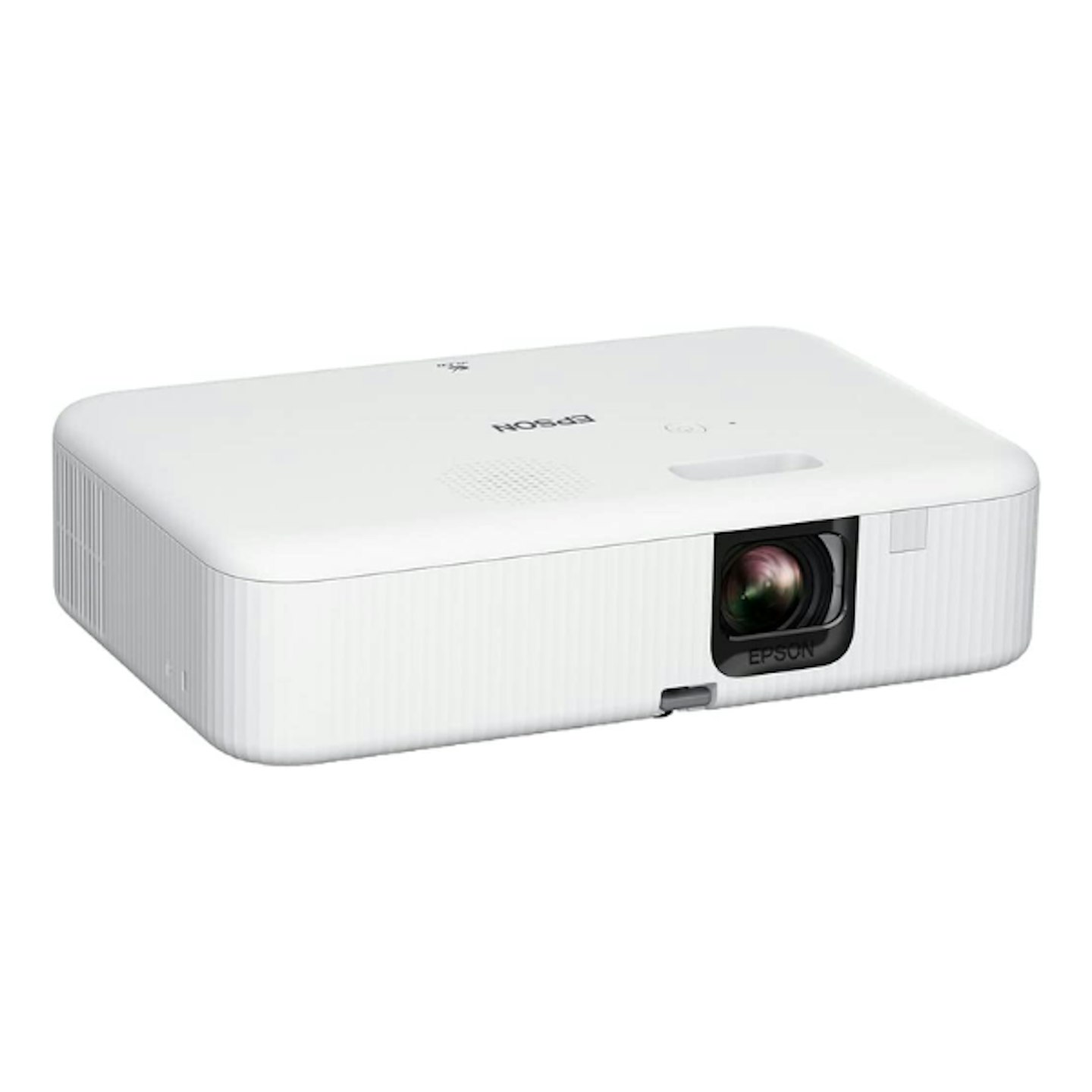 4 of 7
4 of 7Epson CO-FH02 Full HD Android TV Projector
Best projector features
Towards the higher end of the budget projector market sits the CO-FH02 from Epson, and there's a lot on offer in exchange for the extra spend. The resolution is a crisp 1080p, projected using 3LCD and RGB liquid crystal technology to create a deep, bright and vibrant image. There are different colour modes to maximise the image for a given media type, including a cinema and game mode. Plus, the 16000:1 contrast speaks for itself. This one is ideal for mounting in the home cinema.
Specifications: Lumens: 3000 ANSI, Resolution: 1080p, Contrast Ratio: 16000: 1, Min/Max Image Size: 30/386-inches, Throw: 2m for 60/80-inch image Connections: HDMI, USB 2.0 Type A, USB 2.0 Type B, 3.5mm Aux out, Weight: 2.6kg
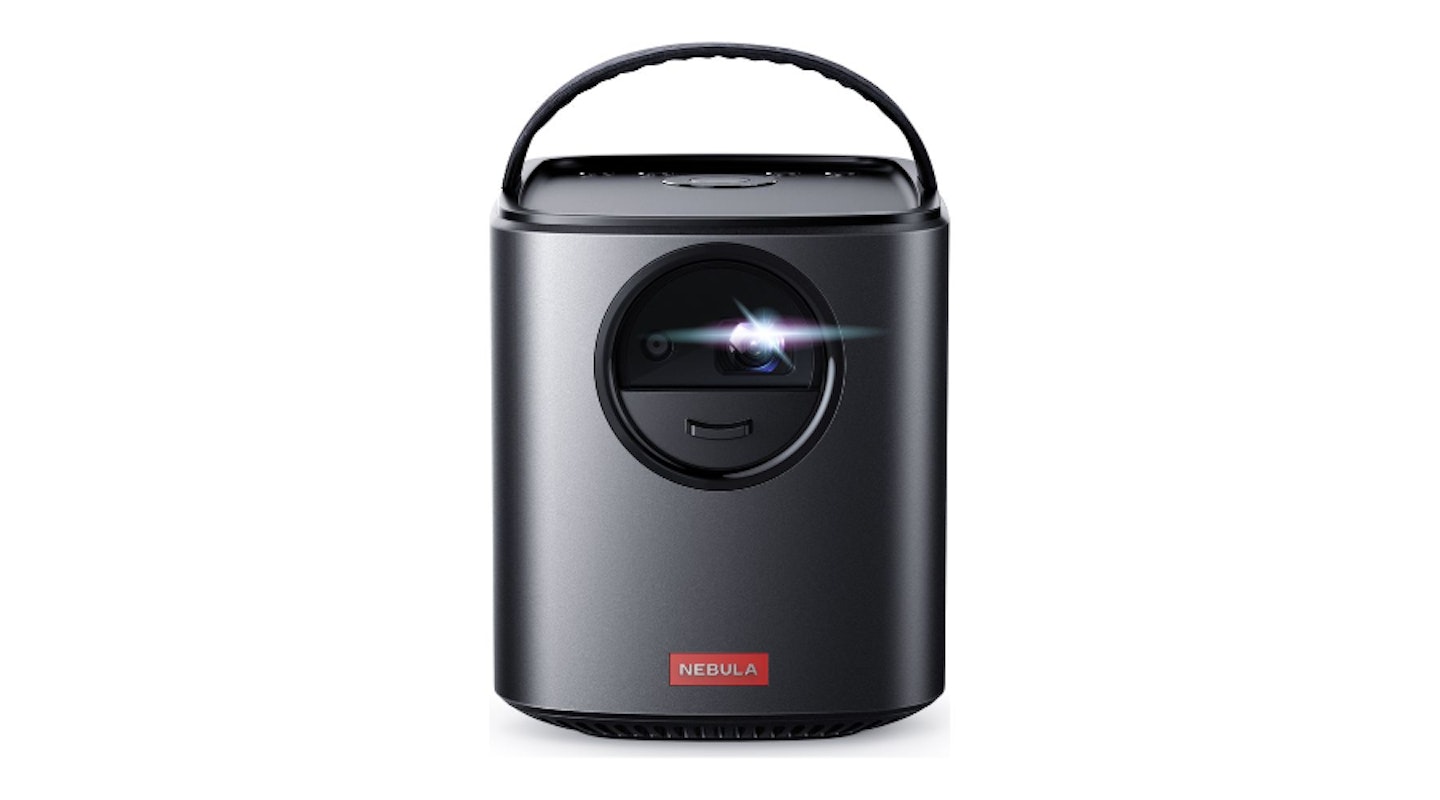 5 of 7
5 of 7Anker Nebula Mars 2
Best portable projector for movie lovers
Anker's Nebula Mars 2 is, in our opinion, the best portable projector around. It can cast a crisp 150-inch image running from local files or wireless and wired devices. The Android OS is easy to use and plays host to the likes of BBC iPlayer, YouTube, Prime Video and Netflix for direct native streaming. The dual 10w Soundcore speakers look after the audio well, and Bluetooth and line-out connections allow the projector to link up with external speakers. The internal battery holds four hours of charge. The Mars 2 really does deliver, holding up well across garden movie nights and all-night gaming marathons.
Specifications: Lumens: 300 ANSI, Resolution: 720p, Contrast Ratio: 500:1, Max Image Size: Up to 150-inches, Min/Max Throw: 1/3.1m, Connections: HDMI, USB 3.0, Bluetooth, WiFi, AirPlay Weight: 1.49kg
 6 of 7
6 of 7Optoma HD146X
Best budget projector for home cinema
The H146x from Optoma, the king of projectors, is a great foundation for an affordable home cinema. The projected images carry vibrant colours with a powerful and deep contrast for immersive viewing. The lumen count ensures that the projector can be used in well-lit environs from a range of up to 10 metres (that distance will create a 300-inch image, too). There's an integrated speaker, but using the 3.5mm line-out to link to a larger system is preferred, allowing a more complete cinematic experience to be unlocked.
Specifications: Lumens: 3600 ANSI, Resolution: 1080p, Contrast Ratio: 25000:1, Min/Max Image Size: 27/300-inches, Min/Max Throw: 1/10m, Connections: HDMI, USB-A, 3.5mm Aux out, Weight: 3.8kg
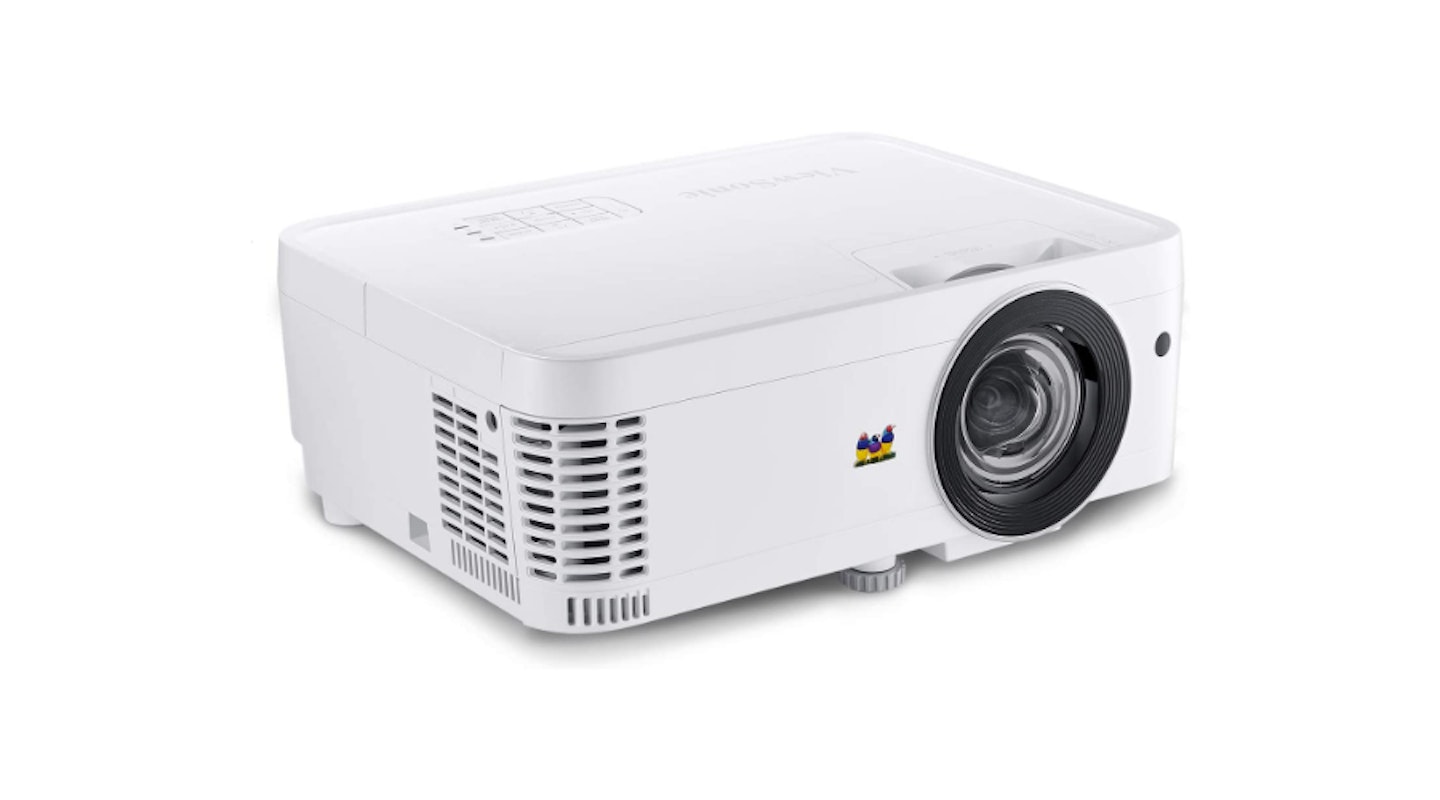 7 of 7
7 of 7ViewSonic PS501X
Best contrast
Though initially designed for use in education, the ViewSonic PS501X has the credentials to deliver a compelling and entertaining image. Though only 720p resolution, the deep contrast ratio and brightness help images to punch through. The varied and abundant connection interfaces are a real boon, offering up the chance to watch and game with contemporary and legacy hardware (including 3D Blu-ray players).
Specifications: Lumens: 3500 ANSI, Resolution: 720p, Contrast Ratio: 22000:1, Min/Max Image Size: 40/300-inch, Connections: HDMI, USB Type-A, USB Mini, VGA, Weight: 2.6kg
What we look for in the best budget projectors:
Lumens
A lumen is a measurement of light, indicating the brightness of a light source. As a point of reference, ViewSonic report that a candle sits around 14 lumens, while a sunset comes in at 400 lumens. A bright sunny day is 100,000 lumens.
A projector with between 200-500 lumens ANSI will be right for living rooms and smaller spaces with limited ambient lighting. Larger rooms and brightly lit areas require upwards of 2000 lumens ANSI.
Standardised by the American National Standards Institute, the acronym 'ANSI' should follow any lumen measurement: for example, 1000 ANSI lumens. Some lumens reported on budget projectors are not tested to the ANSI standard and may be inaccurate - we’ve highlighted any instances of this in our selection below.
Resolution
Resolution refers to the number of pixels a projector can display. The more there are, the more precise an image will be. While full-HD 1080p and 4K UHD devices are available, budget projectors are typically limited to 720p. However, when coupled with enough lumens and a deep enough contrast, 720p can still produce an immersive and engaging image quality.
Contrast Ratio
The contrast ratio measures the ratio between the brightest elements of an image and the darkest. A contrast ratio of 3000:1 means that the brightest whites of an image are 3000 times brighter than the darkest blacks. Higher contrast ratios allow an image to have greater detail, atmosphere and realism. Low contrast ratios can cause images to look flat, ill-defined and lifeless.
When it comes to projectors, there is some interplay between contrast ratio and lumen brightness. Lower-lumen projectors designed for low-lit indoor spaces can afford lower contrast ratios than a projector intended for large, brightly lit offices.
Speakers
In-built speakers are a common feature of projectors. They are often single or dual speakers sitting at around 1-5w of power. They can be a convenient addition, especially for portable projectors, allowing a device to become a standalone unit.
Though useful, internal projector speakers are no replacement for a dedicated speaker system or soundbar, which typically have an excellent bass response and clear dialogue enhancements. Those looking to set up an affordable home cinema will want to look for a projector with quality audio-out interfaces.
Connections
The available input connections determine how a projector receives input. The more interfaces available, the greater its versatility.
Wired connections like HDMI, VGA and RCA are reliable and largely universal - though note only an HDMI connection will get you HD-quality images. These connections are common across DVD and Blu-ray players, media streamers, laptops, camcorders and cameras.
Wireless connections are increasingly popular, even on budget projectors. Bluetooth and WiFi connections reduce the need for fussy cabling and installation and can allow smartphone mirroring.
Other useful interfaces include USB and MicroSD ports, allowing access to stored movie and image files using a projector's in-built media platforms. Audio interfaces are also important, with 3.5mm line-outs and AV receivers allowing external speakers to connect. Some wireless connections also facilitate external speakers.
Throw Range
Throw range refers to the distance between the projector and the screen. A single projector has a range of distances it can project an image from, with the closest distance creating a smaller image and a longer distance a larger image. It’s an important specification to consider when purchasing a projector, especially for use in small rooms.
